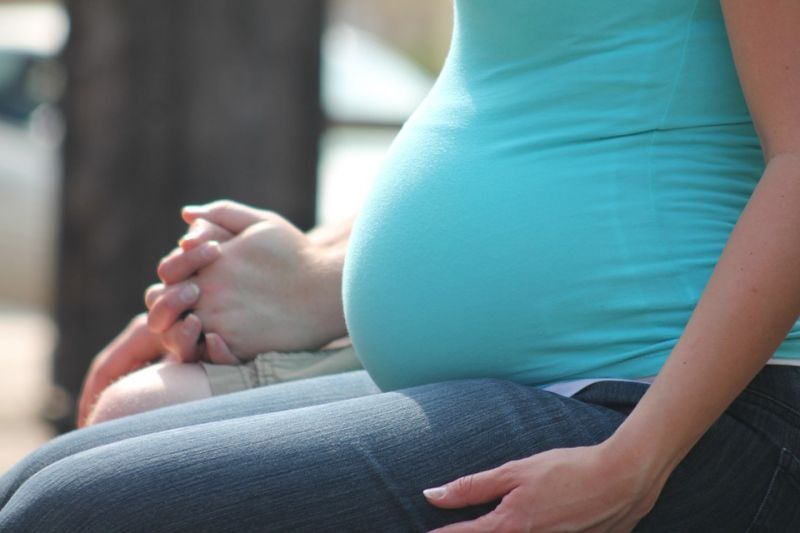Sydney: Conceiving within a year of stillbirth is not associated with increased risk of pregnancy loss, preterm birth, or any other health risk to the baby, finds a new study, challenging previous recommendations.
The World Health Organization (WHO) recommends women to wait for at least two years after a livebirth and at least six months after a miscarriage or induced abortion before conceiving again.
The study, published in The Lancet, showed that an interpregnancy interval of less than one year was not associated with increased risk of adverse birth outcomes in the next pregnancy, compared with an interval of at least two years.
This trend remained the same when adjusted for maternal age, number of previous births, and decade of delivery, the findings revealed.
“Our findings provide valuable evidence for recommended pregnancy spacing after a stillbirth,” said Annette Regan from Curtin University in Australia.
There is limited guidance available for planning future pregnancies after stillbirth, Regan said, adding, “we hope that our findings can provide reassurance to women who wish to become pregnant or unexpectedly become pregnant shortly after a stillbirth”.
For the study, the team included 14,452 births among mothers from Finland, Norway, and Australia, who had a stillbirth in their previous pregnancy.
The researchers noted that there is difference in optimal intervals following livebirth and stillbirth.
“Without sufficient time to recover from a previous pregnancy, women may be at increased risk of entering a reproductive cycle with poor nutritional status, which has been linked to increased risk of foetal growth restriction and birth defects,” Regan said.
However, “such nutritional depletion might not occur to the same extent after a pregnancy loss, and this may affect the optimal interpregnancy interval, explaining why it may be different after stillbirth and livebirth”, she said.
[source_without_link]IANS[/source_without_link]

